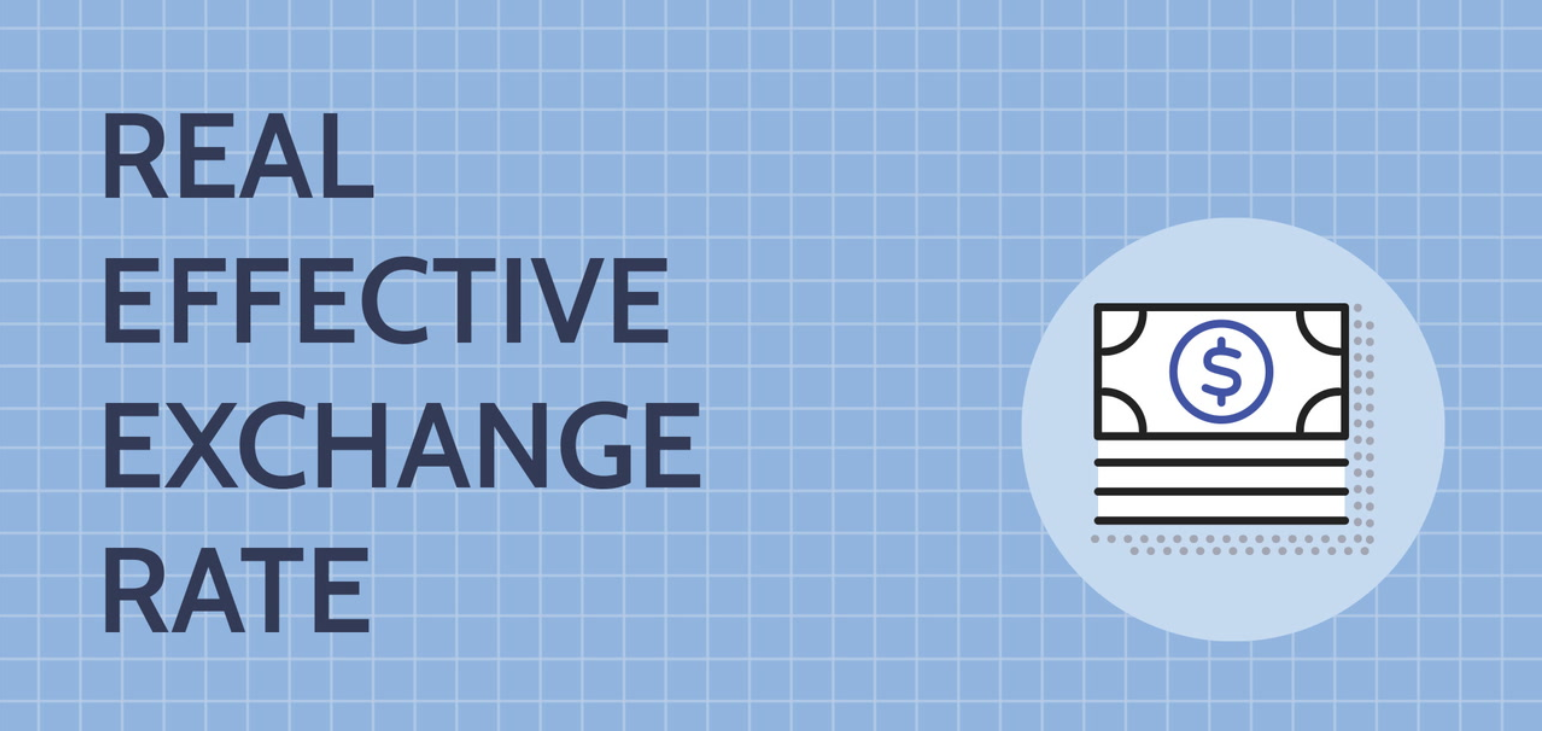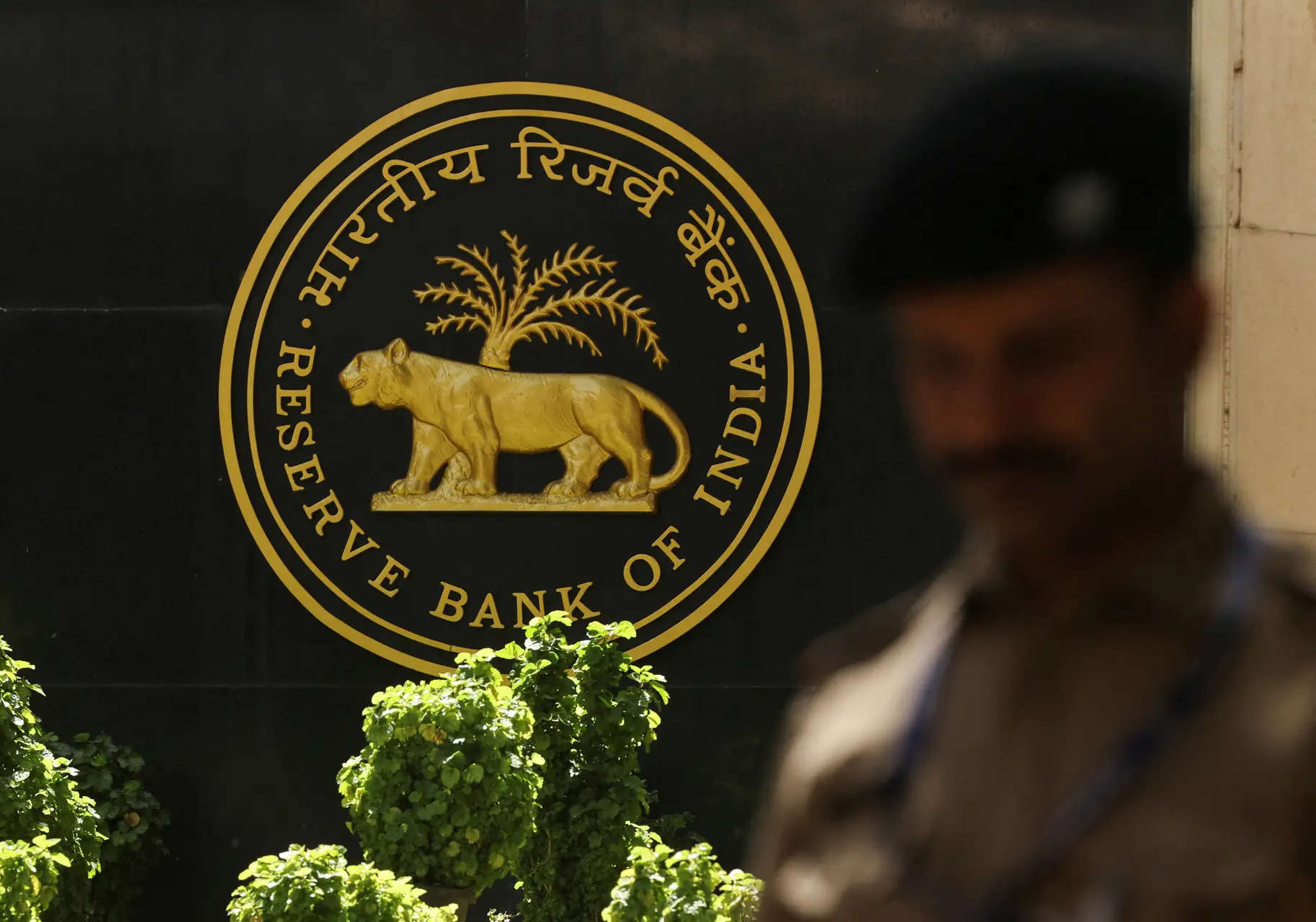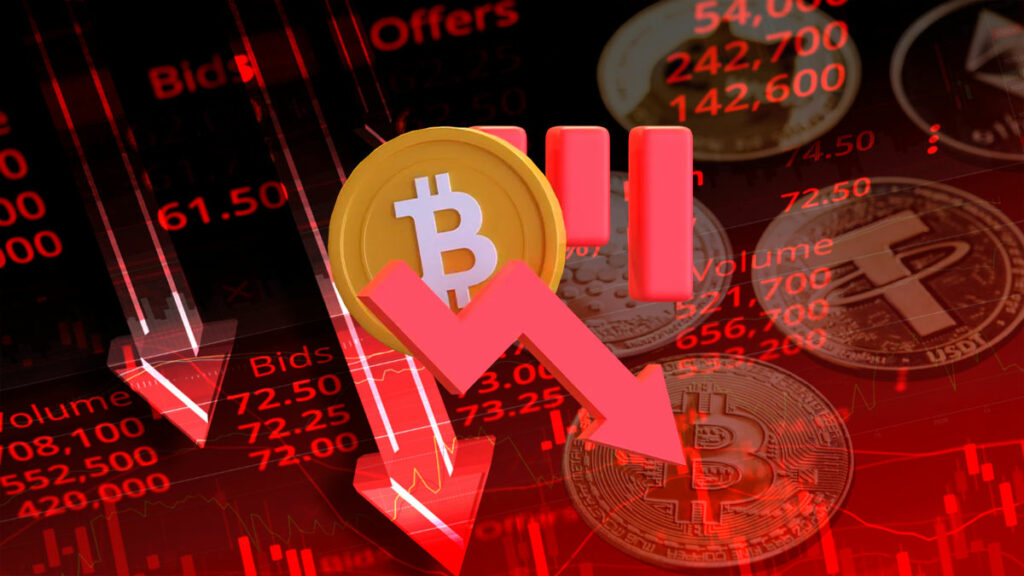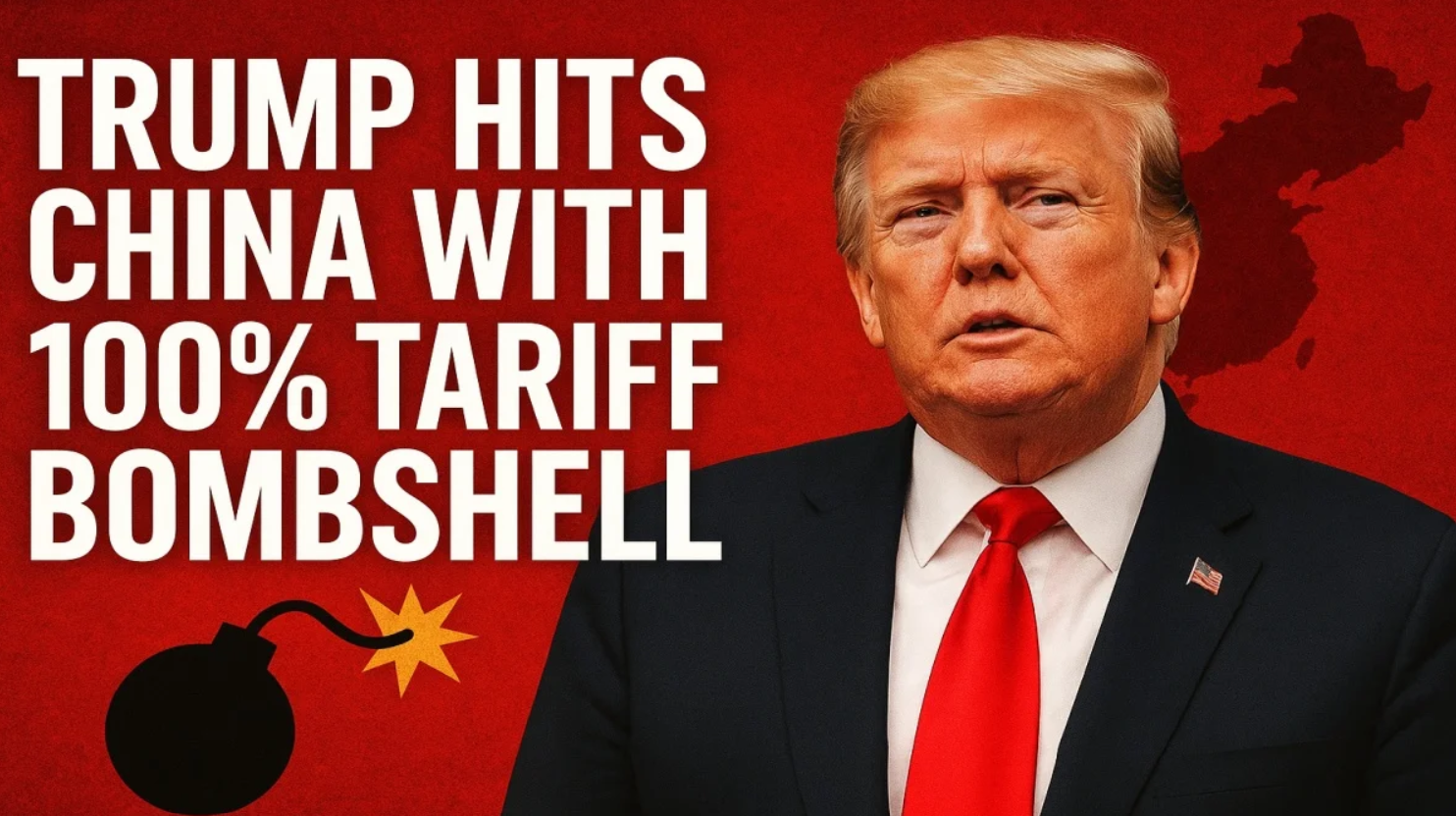The Indian Rupee is currently navigating a complex landscape. According to the Reserve Bank of India’s June 2025 bulletin, the rupee has reached a Real Effective Exchange Rate, or REER, of 100.36. This marks a significant change from its previously overvalued status, with the REER having stood at 105.28 in March and 101.12 in May. A REER close to 100 implies that the rupee has entered a fairly valued zone. However, despite reaching this equilibrium on paper, the rupee continues to underperform against other major Asian currencies.

REER is a benchmark that helps measure a country’s currency value against a basket of forty foreign currencies. It adjusts for inflation and is a useful tool to evaluate whether a currency is overvalued or undervalued. While reaching the 100 mark may appear as a win in terms of valuation, the underlying reality is more complicated. Since January 2025, the rupee has depreciated by more than one percent and has fallen even further since April. Among major Asian currencies, it is currently the worst performer, with the Hong Kong dollar being the only other currency that has shown similar weakness.
On July 25, the rupee closed at 86.52 against the US dollar, marking its lowest point in a month. Over the past ten days, it lost about 58 paise, which is approximately 0.7 percent. This continued weakness is being driven by persistent outflows of foreign capital from Indian financial markets. International investors appear to be pulling back amid global uncertainties and a lack of clear direction on trade policies.

One of the most influential factors behind the rupee’s movement has been the RBI’s active intervention in both the spot and forward markets. Between April and May, the central bank reduced its net forward dollar positions by about 20 billion dollars. This strategic unwinding from 84 billion to 65 billion dollars was likely done to reduce pressure on the rupee and manage exchange rate volatility. In addition, the RBI also participated in the spot market, purchasing 9.1 billion dollars while selling 7.3 billion dollars, effectively maintaining a balancing act.
Analysts believe that this strategy is a deliberate move by the central bank to ensure stability. By selling dollars during periods of high demand and purchasing during inflow-heavy phases, the RBI aims to smoothen sharp fluctuations. According to market experts, the rupee could remain range-bound between 85 and 87 against the dollar unless there are large-scale capital outflows or geopolitical tensions that significantly disrupt global markets.
However, there are still considerable risks looming. One major concern is the lack of clarity regarding the progress of trade talks between India and the United States. Until there is greater certainty on that front, capital inflows are likely to remain sluggish. Experts also point out that the RBI’s current forward book position is in negative territory, which indicates a cautious outlook and may act as a ceiling on the rupee’s appreciation.
Looking ahead, projections suggest the rupee may slide further and touch 87.25 against the dollar by the end of March 2026. While the REER metric shows a balanced currency, the external environment, including trade negotiations, global fund flows, and geopolitical tensions, will likely dictate short-term movement. The RBI is expected to continue its dual strategy of intervention and restraint, guiding the rupee through periods of uncertainty without allowing erratic swings.
While investors and market participants might feel reassured by the notion of fair valuation, the broader outlook remains delicate. The rupee may have found its theoretical equilibrium, but its practical journey still faces numerous headwinds.
For more updates on forex trends, currency insights, and financial strategies simplified for you, follow You Finance on Instagram and Facebook. Stay ahead in your money journey with credible and clear updates every day.
















